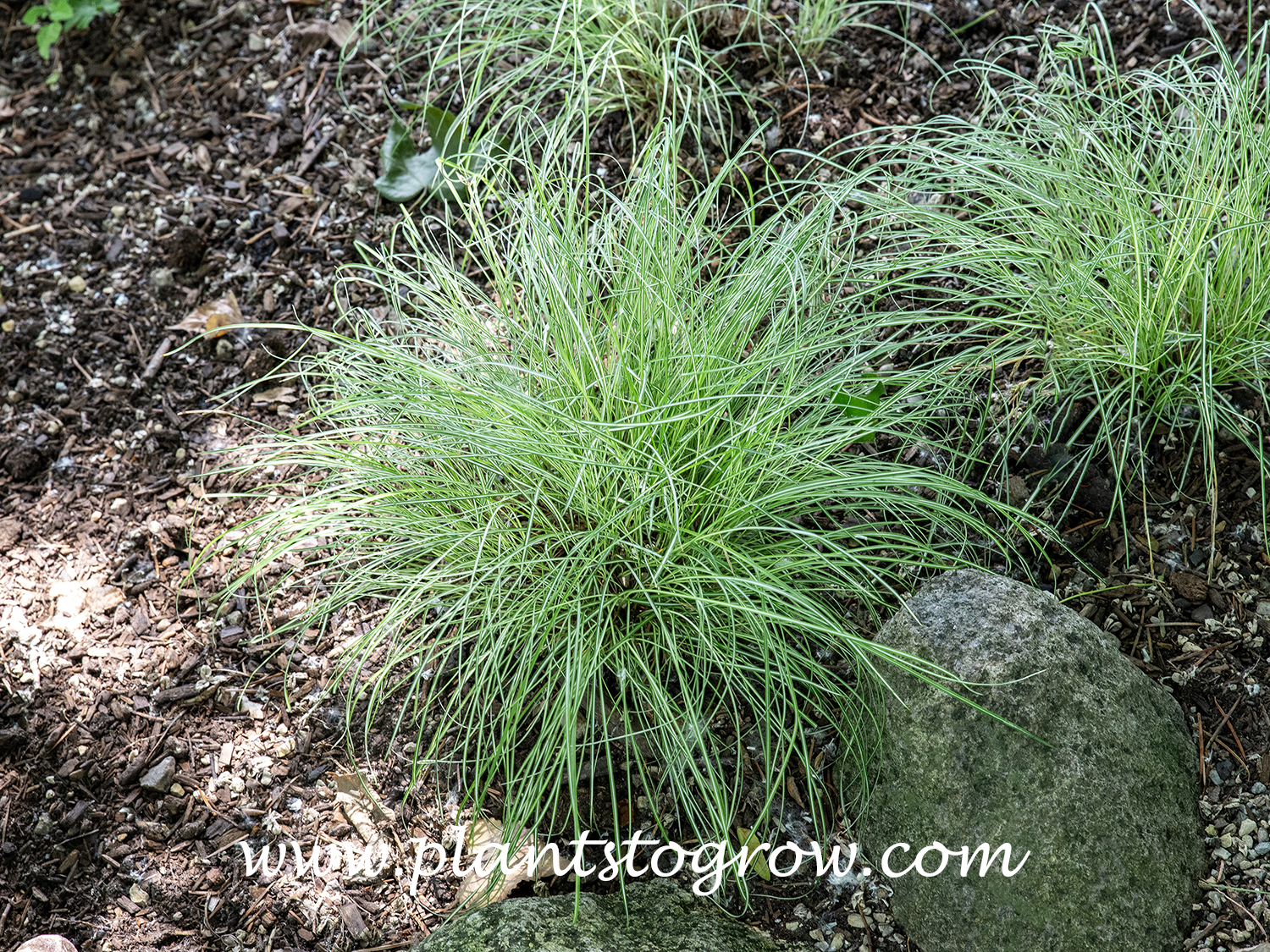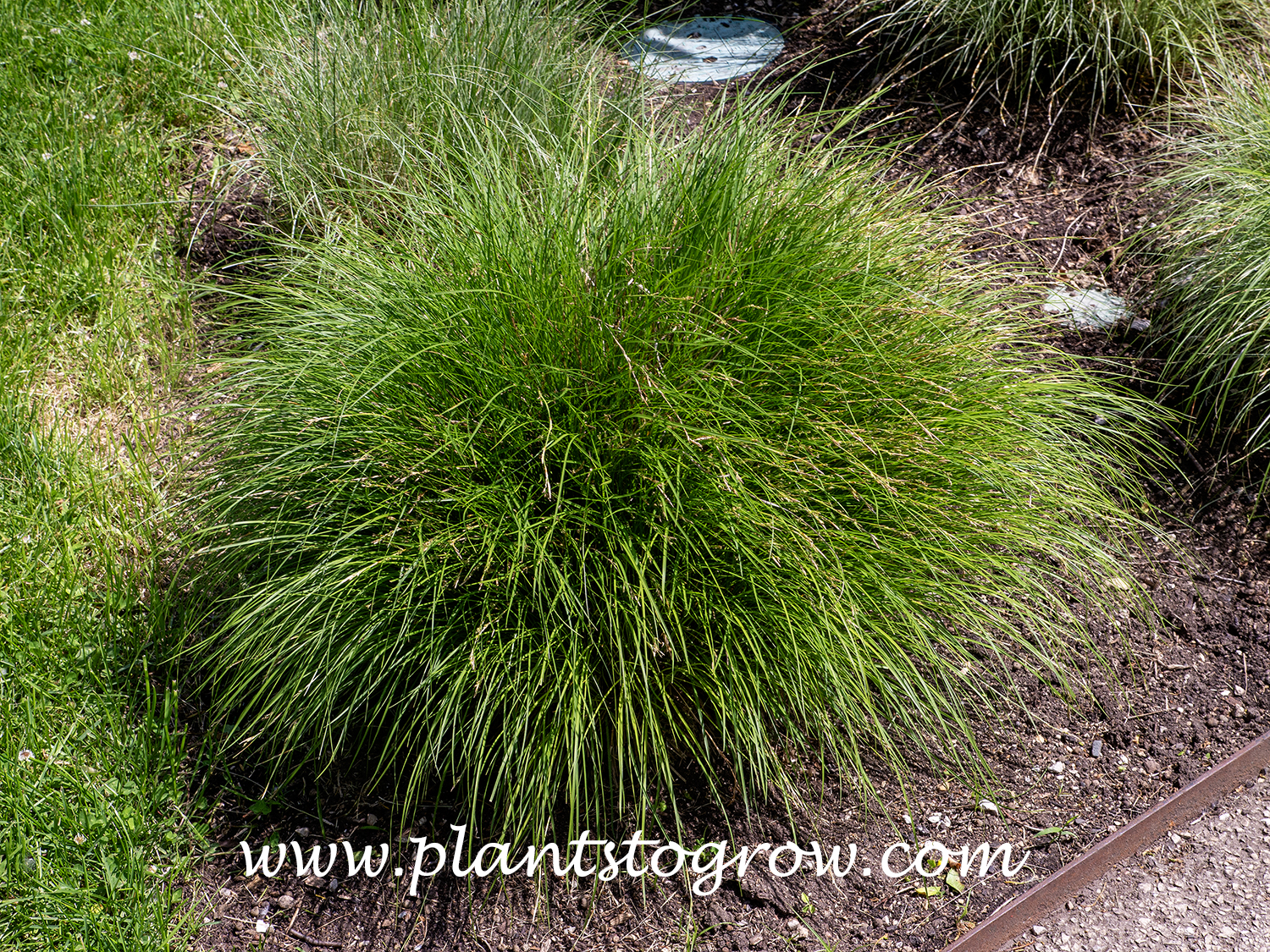| Description | Silk Tassel Sedge (Carex morrowii var. temnolepis) thrives in shaded areas. It forms a graceful, tufted, fountain-like mound of delicate foliage. |
|---|---|
| Pronunciation | (KAR-eks)(mor-ROW-ee-eye) |
| Plant Type | Perennials Hardy, Sedge and Rush |
| Hardiness Zone | 5-9 |
| Sunlight | shaded, dappled shade, will grow in full sun with adequate moisture |
| Moisture | average to moist; avoid dry |
| Soil & Site | average to moist, avoid dry |
| Leaves | It is fine-textured, with thread-like (grass-like) leaves with subtle white variegation. May revert to all green. |
| Dimensions | Clump forming, reaching about 10 inches tall with a spread of up to 2 feet. |
| Propagation | division |
| Native Site | Native to the mountains on Japan's main island. |
| Cultivar Origin | A 1996 Barry Yinger introduction from Japan. |
| Misc Facts | The taxonomic staff of Plant Delight Nursery has determined that it is actually a selection of the Asian Carex (Carex lanceolata). The genus was named after Dr. James Morrow, a 19th-century agriculturist on Matthew Perry's expedition to Japan. (www.davesgarden.com/guides/botanary/go/7001/#ixzz2eRzp2YN2) |
| Author's Notes | I have seen this sedge several times. Those growing in shaded spots tend to have a nice, graceful, mounding form, while those in more sun are tighter and more compact. |
| Notes & Reference | #222-The Encyclopedia of Grasses for Livable Landscapes (Rick Darke), Plant Delights Nursery (https://www.plantdelights.com/products/carex-lanceolata-silk-tassel-japanese-sedge) |

Cart





